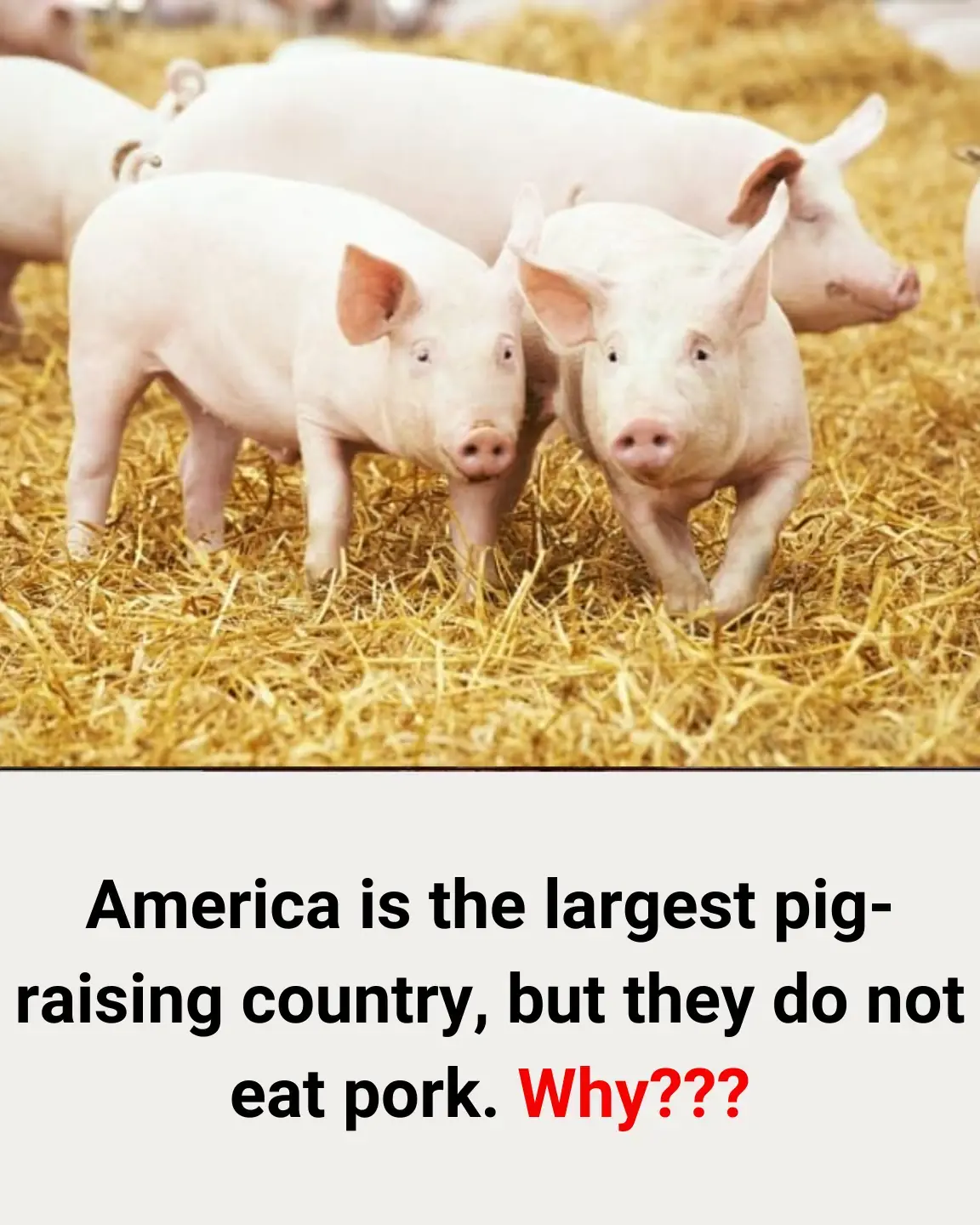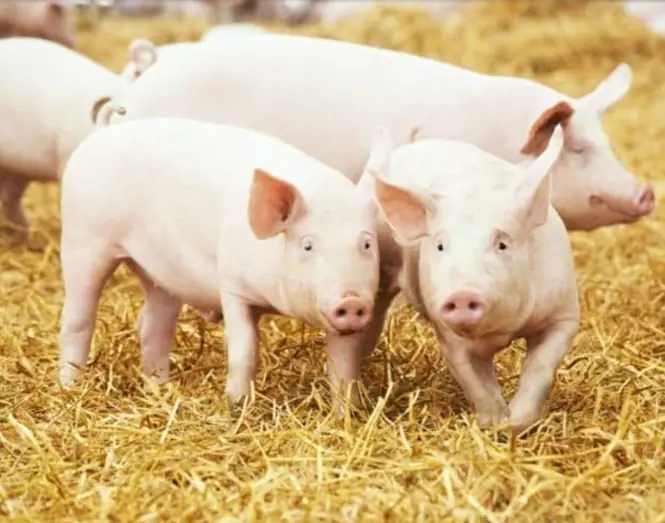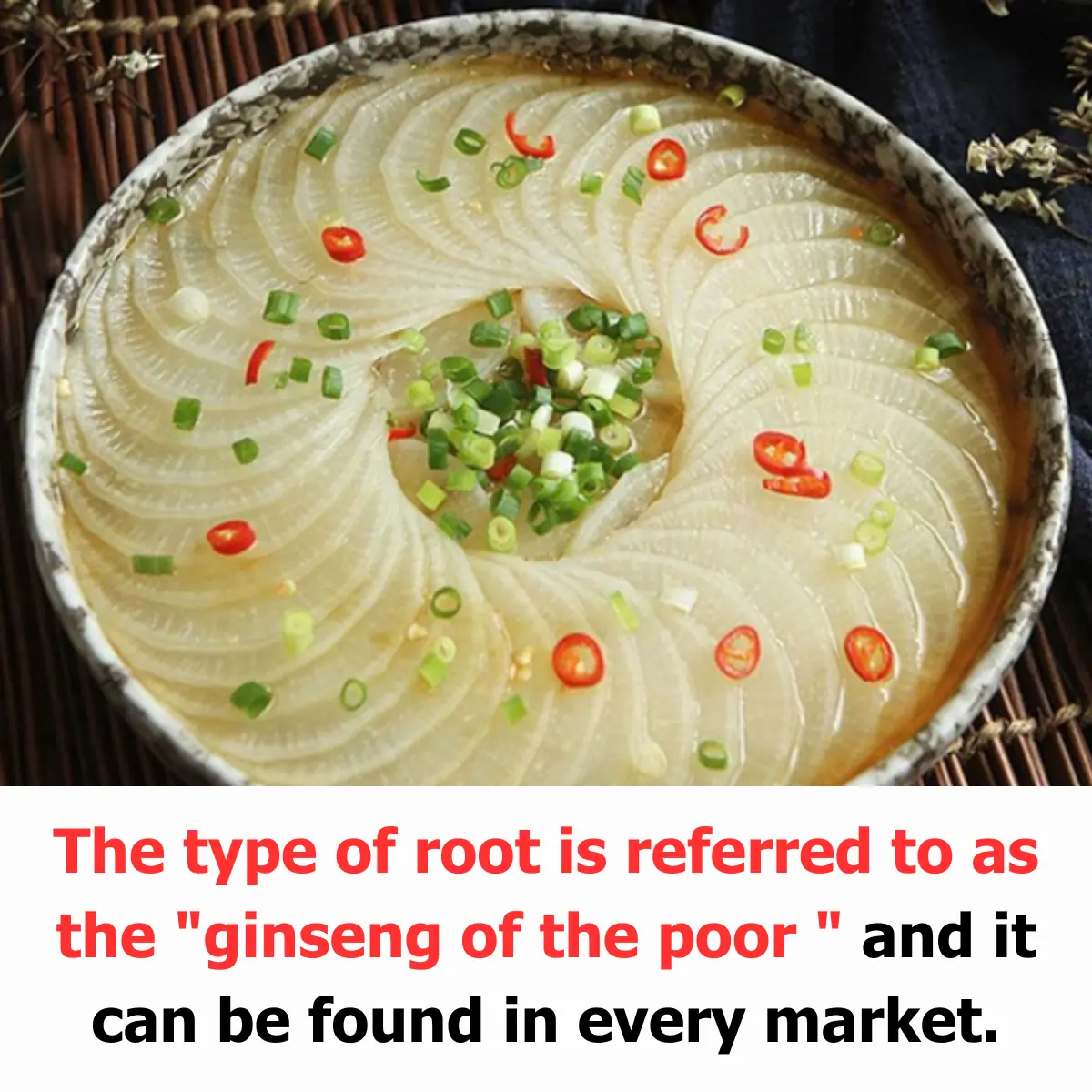
Why is America the largest pig-raising country, but they don't eat pork?

We all know that food consumption habits vary greatly among countries. For example, Asians prefer pork, while Europeans and Americans tend to favor beef.
The United States is a country that raises a large number of pigs.
The U.S. pig farming industry has many advantages. While pig farming in many countries still operates on a small or traditional scale—which results in higher rearing costs—the United States employs an industrial pig farming system. They can raise tens of thousands, even hundreds of thousands of pigs at one time. This large-scale production allows them to negotiate prices with feed suppliers, thereby reducing pig farming costs and increasing the efficiency of farm management.
In addition, the United States is the world's largest soybean producer. Soybeans, being a high-quality animal feed, are produced at a much lower cost in the U.S. than in many other countries due to favorable climatic conditions for cultivation and industrial agriculture. This further helps to reduce the overall cost of pig farming in the country.
Another important factor is the labor cost in the large-scale pig farming system in the U.S. This industry requires fewer workers compared to those in other countries; one worker can take care of up to 3,000 pigs—an achievement that is nearly impossible elsewhere.
For these reasons, the cost of pig farming in the United States is lower, enabling the country to export pork to international markets at competitive prices.
Why Don’t Americans Prefer Pork?
Although the U.S. produces a large quantity of pork, domestic consumption is not high. On average, Americans consume only about 100 million pigs’ worth of pork per year.
The main reasons for the low domestic consumption of pork among Americans include:
-
Cooking Methods:
Most American dishes do not use pork as the main ingredient. Their cooking styles often do not highlight the unique flavor of pork or reflect Asian culinary traditions. -
Consumer Culture:
Historically, Americans did not have a tradition of eating pork, and they tend to consume more beef, chicken, and fish. -
Saturated Meat Market:
The domestic meat market in the United States offers a wide variety of meat options, and the demand for pork has remained nearly unchanged over the past 20 years. -
Pork as an Alternative Protein Source:
Although pork is a good source of protein, many Americans believe that beef and chicken are better choices. As a result, the domestic demand for pork is lower than the volume produced.
For these reasons, most of the pork produced in the United States is exported to international markets, such as China, Japan, South Korea, Mexico, and other Asian countries, where the demand for pork is high.
News in the same category


A father's words are never wrong...

Why do they have to do that?

A long-standing question

Many people make mistakes without knowing this

Why is America the largest pig-raising country, but they don't eat pork?

Scientists discover evidence of 'Adam and Eve' living 200,000 years ago

Why Do Chickens Like to Eat Foam? The Truth Behind This Strange Habit

Why Can’t You Carry More Than 100ml of Liquid in Your Hand Luggage?

How Many Bowls of White Rice Should an Adult Eat in a Day?

Cooking but continuously draining water, everyone watching wondered why the chef was so wasteful

The Radish: Known as the "Ginseng of the Poor" and Found in Every Market

Eating probiotic foods can ease anxiety and depression: study

Pinoy classic dish Tortang Talong has been recognized by TasteAtlas as the second-best egg dish in the world

Reasons why flu virus mutates rapidly

World's first m u t e rapper without a j a w is inspiring millions with his lyrics

When washing clothes, don't just put in detergent

A Seemingly Normal Photo Turns Chilling When the Truth is Exposed

What Happens to People Who Regularly Eat Sweet Potatoes for Breakfast Over a Long Period of Time?
News Post

Humans Glow In The Dark, It’s Just Too Weak For Our Eyes To See

A father's words are never wrong...

Not everyone can guess it

Many housewives probably don't know this

Tips for handling if the dish is too salty

Always pay attention when using electricity

Why do they have to do that?

Be careful when planting these plant

Watching cartoons is so strange

This will be good for you when traveling

When going to the market to buy garlic, you need to pay attention

The e n d of p r y i n g into other people's lives and privacy

The photo is beautiful but there's something strange...

A long-standing question

Many people make mistakes without knowing this

The Power of Mimosa Pudica: 10 Benefits

Unexpected effects from coconut water

Unexpected effects of sprouted potatoes

13-year-old b.o.y has g o u t, the cause comes from the drink that most c h i l d r e n love
